The putcher fisherman: Flying the flag for a dying way of life
Chris Cadogan, as the only remaining fisherman to practice this medieval method on the Severn, laments the decline of the industry he has dedicated his life to preserving. Tessa Waugh reports, photographs by Richard Cannon.
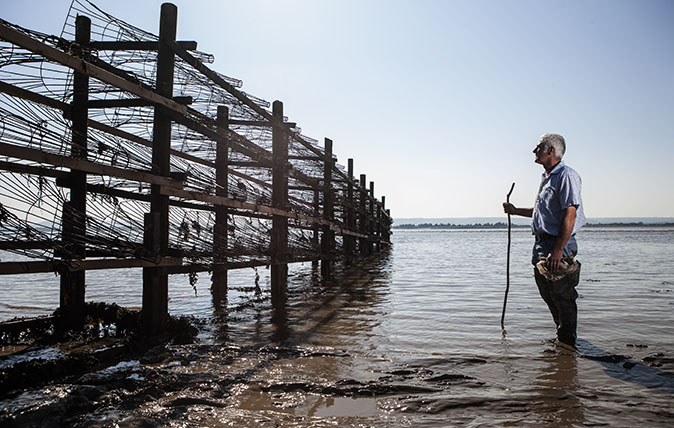

'I’ve been a putcher fisherman all my life – it’s a way of life,’ declares Chris Cadogan, the sixth generation of his family to fish for wild salmon on the River Severn. He’s been plying his craft for 45 years.
Sadly, Mr Cadogan, who also farms sheep and cattle, is a lone voice in the wilderness, as he’s the only remaining fisherman practising this medieval tradition on the river.
‘We have a historic right to fish, but the authorities [English Heritage and the Environment Agency] are doing their best to restrict us by imposing quotas and reducing the season, which used to run from April to August and now runs from June,’ he explains.
The rationale for this decision is based on declining fish stocks, but this hasn’t stopped Mr Cadogan passing his knowledge on to his five sons and continuing to fly the flag for a dying way of life.
The ‘putchers’ are the conical baskets used to catch the fish – they were once woven from willow, but have been made from metal since the 1950s – and these are attached to frames that become submerged in water when the tide’s in.
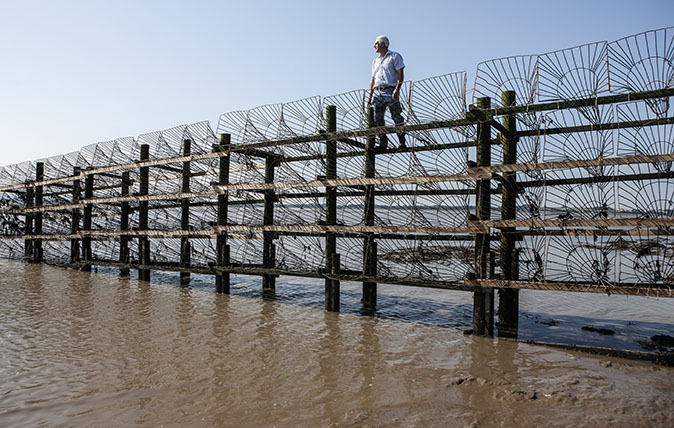
‘Twice a day, as the tide is ebbing out, we go down and check them and remove any salmon,’ explains Mr Cadogan.
This year, there are 400 baskets, but, in the past, there have been as many as 850, which can take up to four hours a day to check.
Exquisite houses, the beauty of Nature, and how to get the most from your life, straight to your inbox.
Any fish that Mr Cadogan catches go to the Severn and Wye Smokery, which sells them on to leading London hotels and restaurants, such as The Savoy and The Ritz. However, 2018 has been a particularly difficult year, possibly because of the drought.
‘We’ve caught about 60 so far and 70 is our quota. However, in the past, there were 10 different fishermen catching several hundred salmon apiece,’ laments Mr Cadogan.
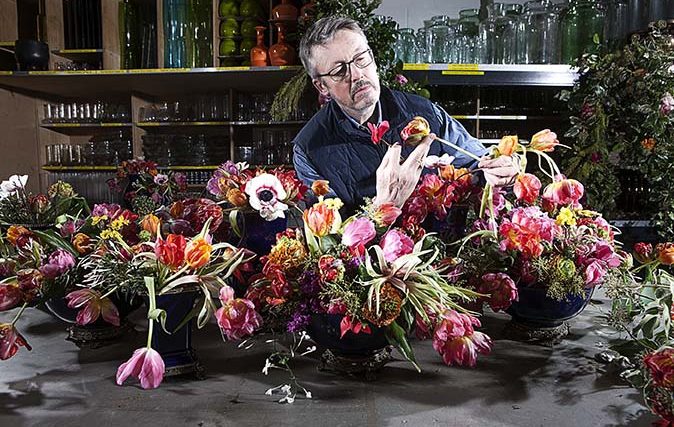
The Florist: 'What I do is like good cooking – if you have beautiful ingredients, you can’t go wrong'
This week's Living National Treasure is royal florist Shane Connolly – and while he might be based in Britain, he's
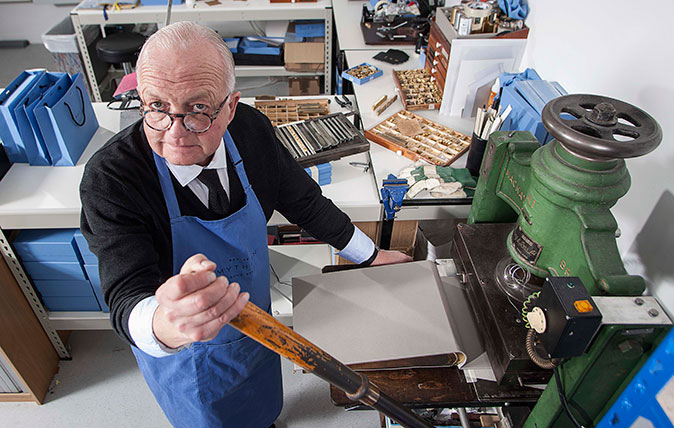
The gold stamper: ‘The younger generation is very appreciative of artisan work – they’re the ones driving the trend’
This week's Living National Treasure is John Timms, the man who leads the team that stamps gold lettering into thousands

The neon sign maker: 'Piccadilly Circus was our answer to Vegas – now it's all pixellated screens'
This week's Living National Treasure is Marcus Bracey, the man behind the neon signs that light up our cities. He
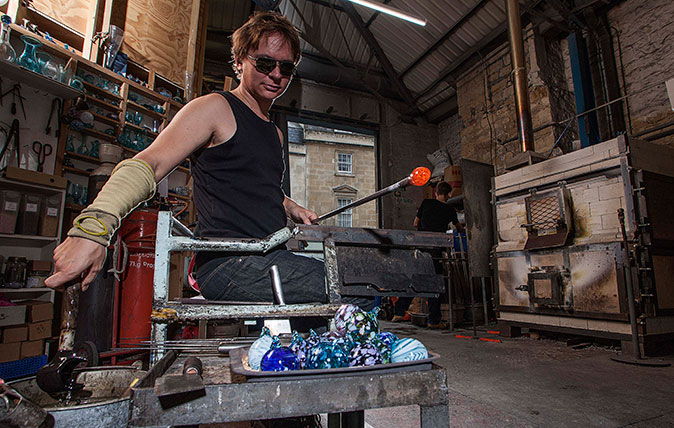
Credit: Living National Treasure: The Glassblower - ©Country Life/Richard Cannon
The Glassblower: 'When something goes wrong you can't fix it – you just sling in into the bosh bucket and start again'
Ian Shearman's team of glassblowers are still making glass using a technique that's 2,000 years old. Mary Miers found out
Country Life is unlike any other magazine: the only glossy weekly on the newsstand and the only magazine that has been guest-edited by His Majesty The King not once, but twice. It is a celebration of modern rural life and all its diverse joys and pleasures — that was first published in Queen Victoria's Diamond Jubilee year. Our eclectic mixture of witty and informative content — from the most up-to-date property news and commentary and a coveted glimpse inside some of the UK's best houses and gardens, to gardening, the arts and interior design, written by experts in their field — still cannot be found in print or online, anywhere else.
-
 You can now rent King William IV’s former home in London’s Mayfair — for a princely sum
You can now rent King William IV’s former home in London’s Mayfair — for a princely sumThe London property — with royal lineage — is on the market with the estate agency Wetherell for £25,000 a week.
-
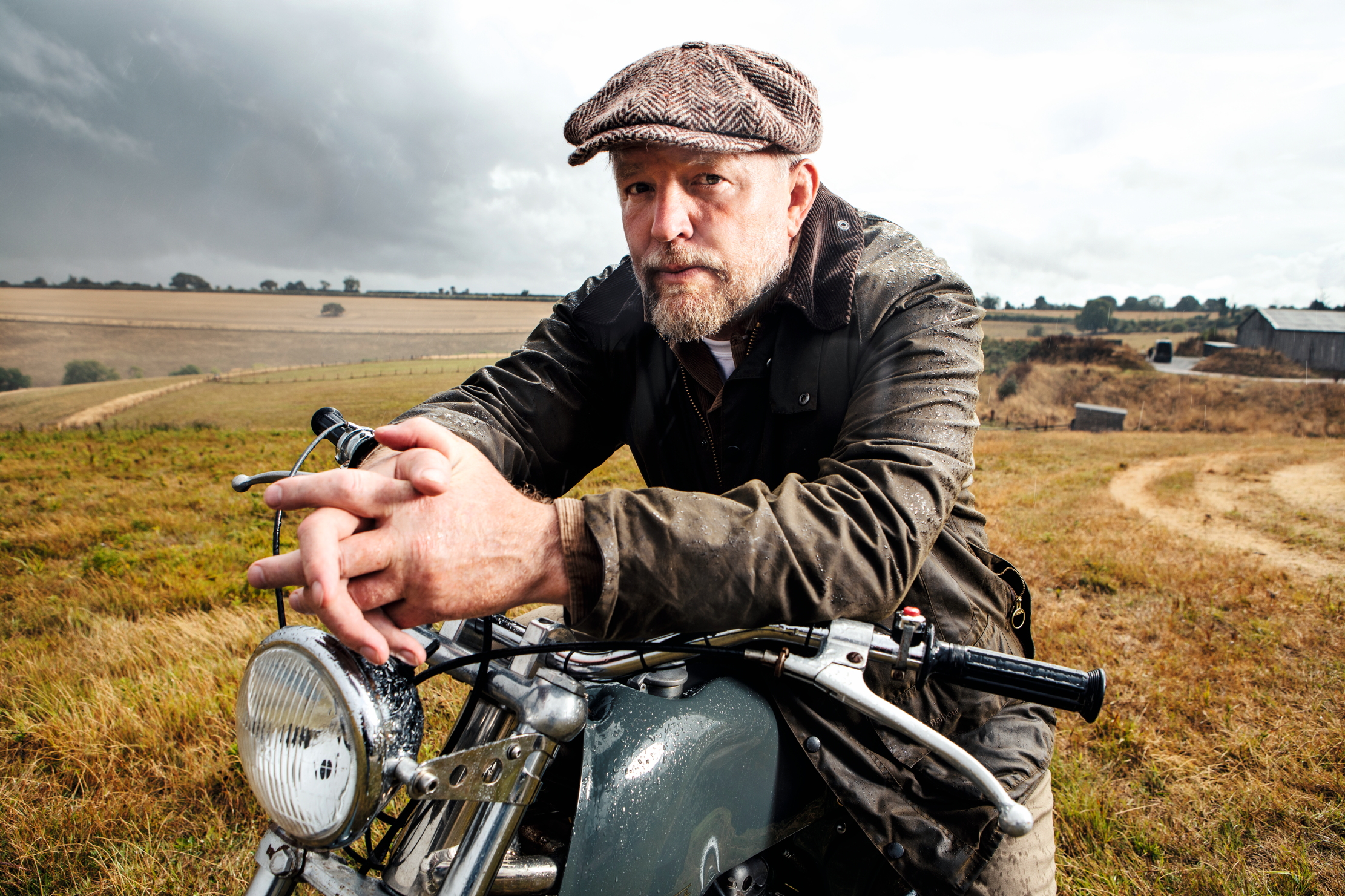 Guy Ritchie: 'My mother married an impoverished aristocrat with a knackered country pile. I've been chasing that dream ever since'
Guy Ritchie: 'My mother married an impoverished aristocrat with a knackered country pile. I've been chasing that dream ever since'The film maker opens up about his love for the countryside, and his friendship with Sir David Beckham.
-
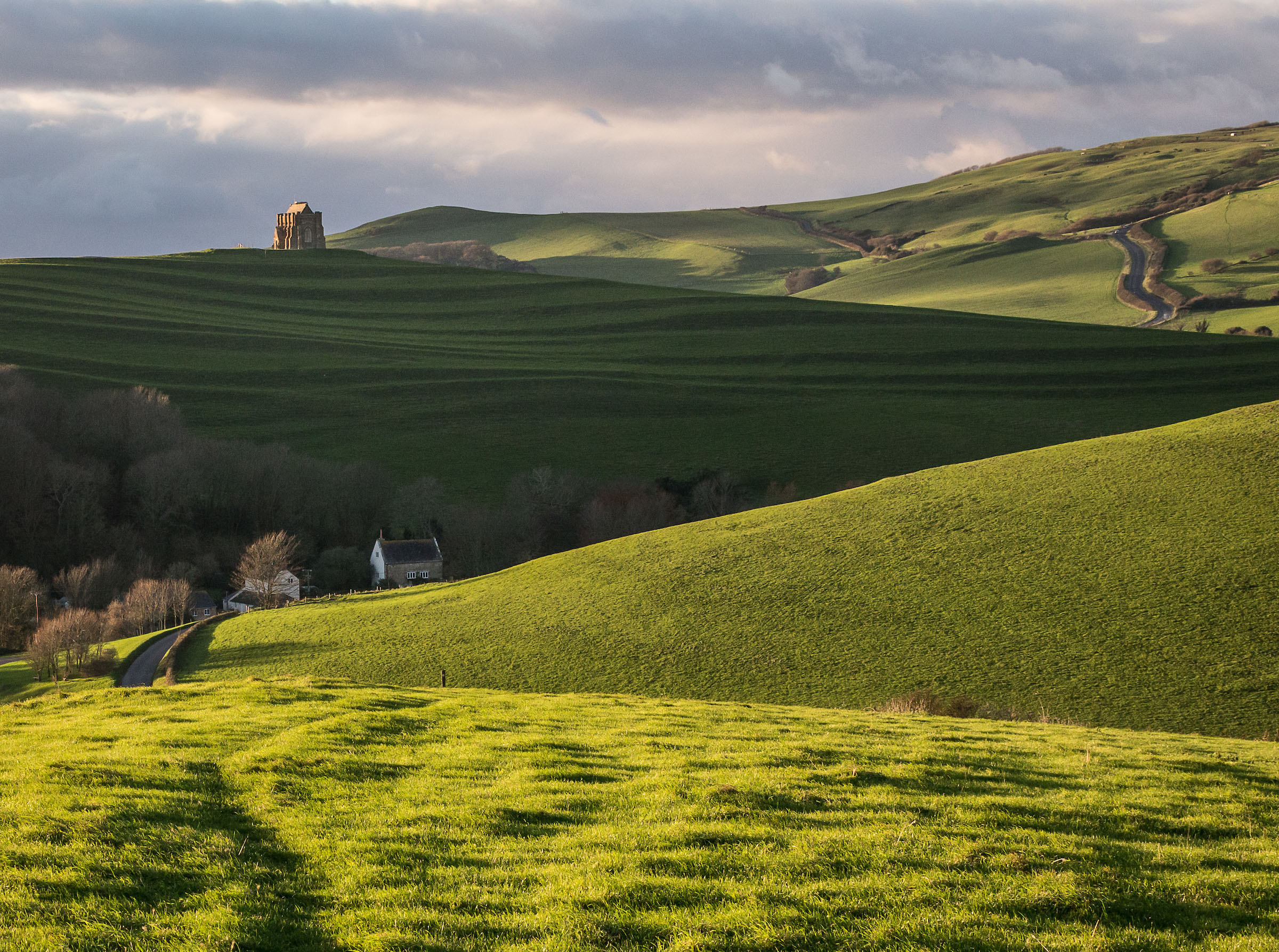 The photographer walking 7,000 miles around the coast of Britain: 'After 450 days of walking I've not been bored once'
The photographer walking 7,000 miles around the coast of Britain: 'After 450 days of walking I've not been bored once'Quintin Lake has always loved walking, ever since trekking from Lands End to John O'Groats as a teenager. But his five-year epic journey around the coast of Britain has taken his love for getting out and about to a new level — as well as his love for our beautiful island.
-
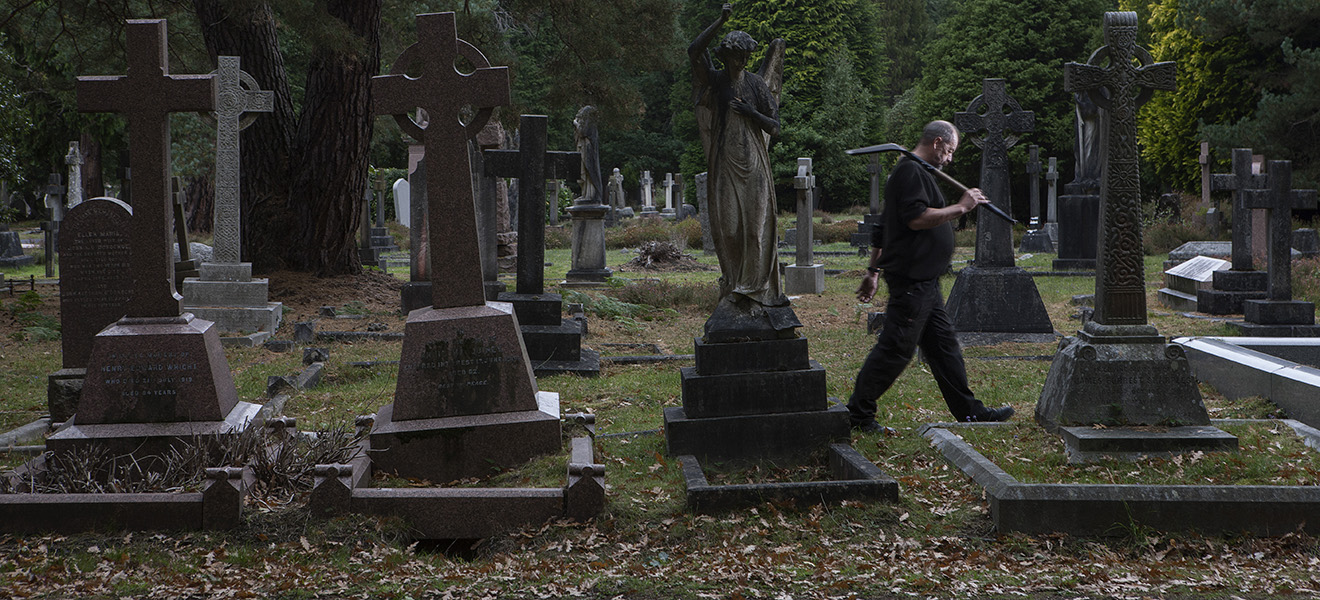 The gravedigger: Digging graves by hand, putting aside emotions and his hopes for his own final resting place
The gravedigger: Digging graves by hand, putting aside emotions and his hopes for his own final resting placeAlan Munnery has spent the last 20 years working as a gravedigger at one of Europe's biggest cemeteries, which happens to be just outside Woking. He spoke to Tessa Waugh; portraits by Richard Cannon.
-
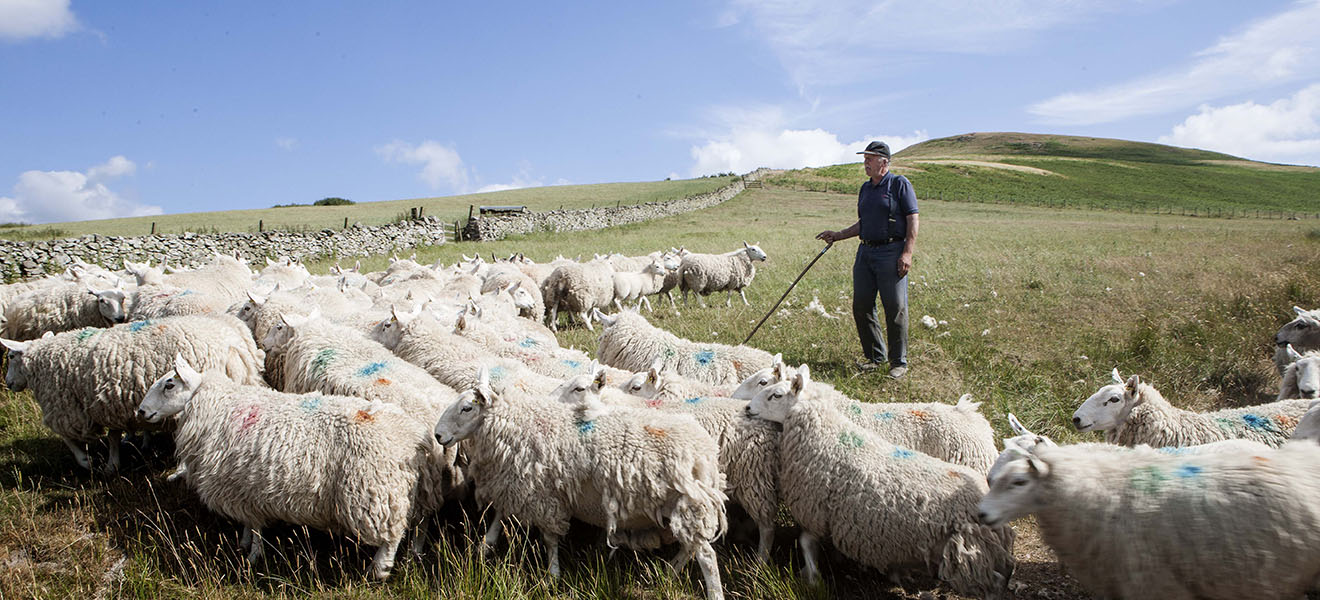 The hill shepherd: ‘I’m not sure where the shepherds of the future will come from’
The hill shepherd: ‘I’m not sure where the shepherds of the future will come from’Graham Oliver is proud of the profession handed to him by his grandfathers but with his children choosing different career paths, he doubts the future of shepherding. Tessa Waugh reports.
-
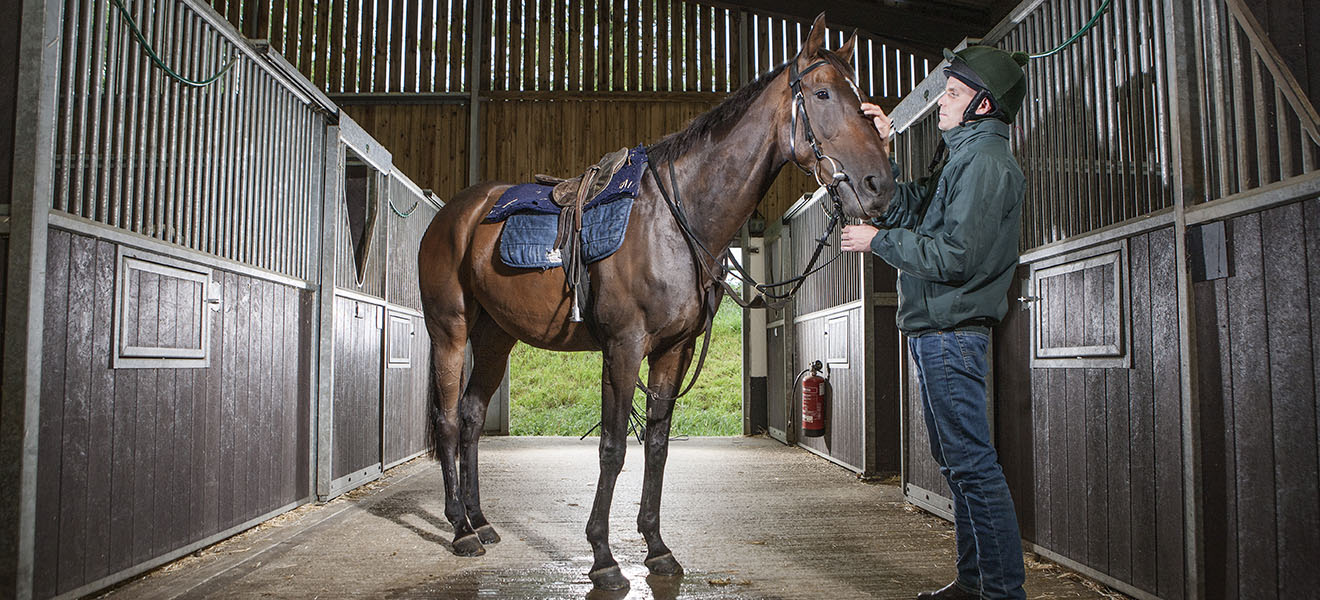 The racing-yard manager: ‘The hours sometimes get on top of you, but when you get the winners, it’s all worthwhile’
The racing-yard manager: ‘The hours sometimes get on top of you, but when you get the winners, it’s all worthwhile’A cabinetmarker by trade, Richard Leadley followed his love of horses to his current profession. Tessa Waugh reports, portrait by Richard Cannon.
-
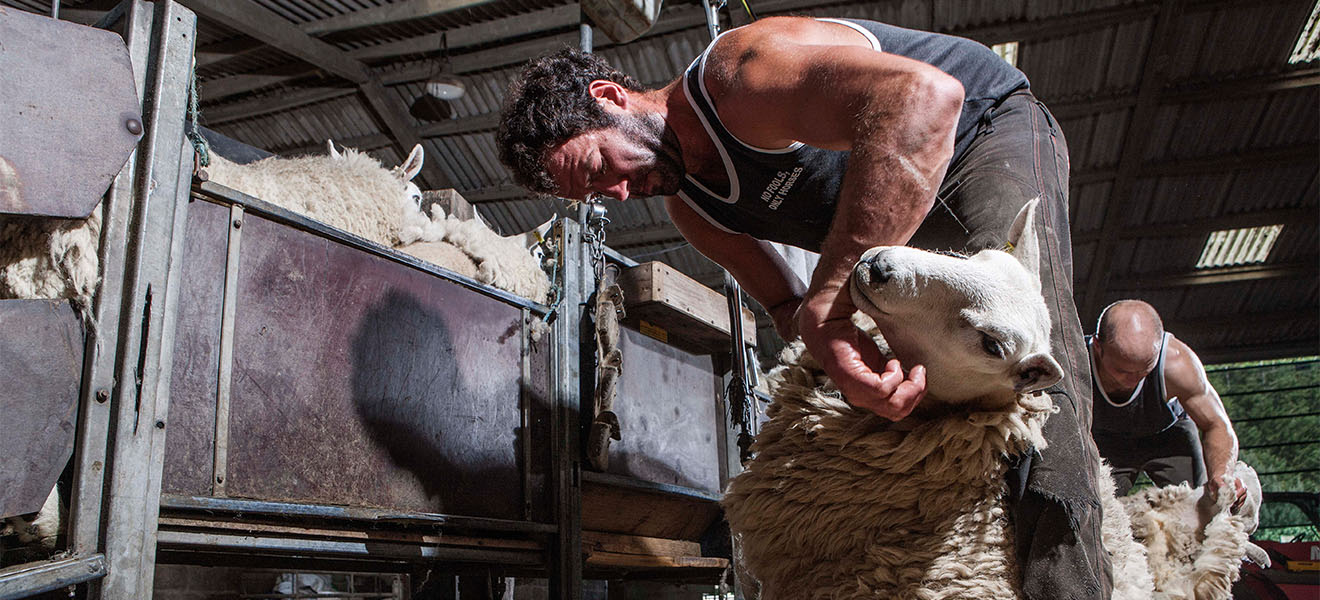 The sheep-shearer: 'If you tell people what you do, they often don’t know what it involves'
The sheep-shearer: 'If you tell people what you do, they often don’t know what it involves'Sheep-shearers are a dying breed, but Ashley Story relishes the back-breaking work. He spoke to Tessa Waugh; portraits by Richard Cannon.
-
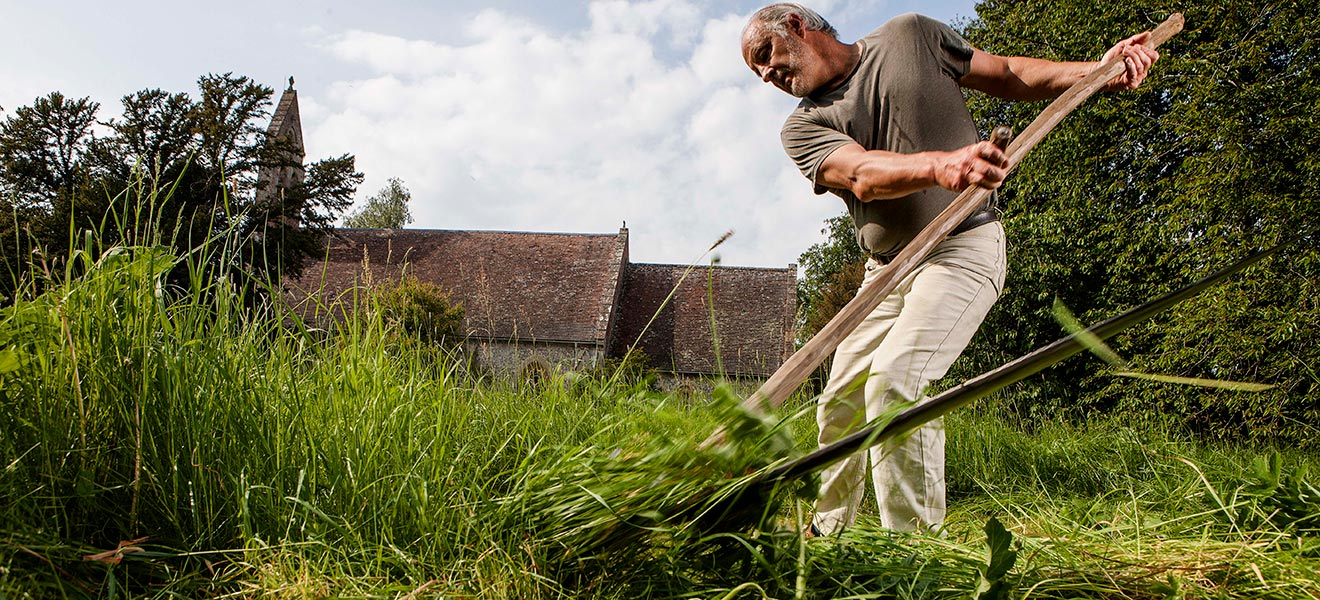 The Scyther: ‘We were up in arms about Poldark – his swing was all wrong’
The Scyther: ‘We were up in arms about Poldark – his swing was all wrong’Scything was almost forgotten until Aidan Turner’s turn in Poldark, but Nigel Adams says there’s still a place for it. He spoke to Tessa Waugh; portraits by Richard Cannon.
-
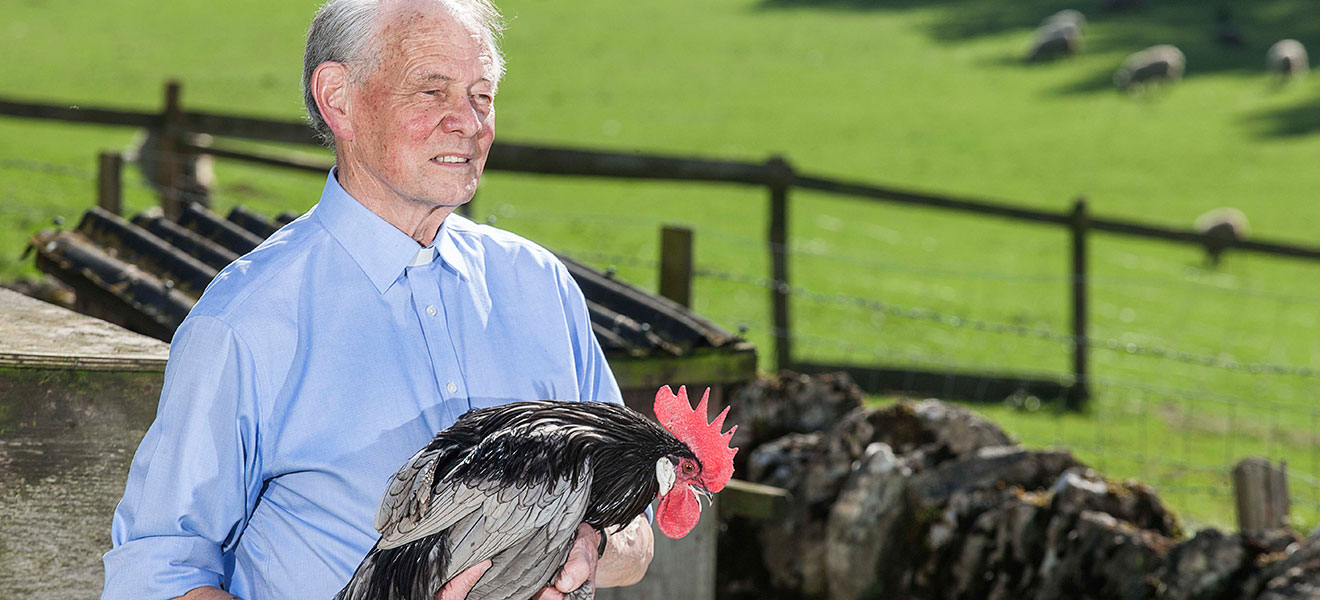 The rare-chicken breeder: 'Watching hens having a dust bath is a delight'
The rare-chicken breeder: 'Watching hens having a dust bath is a delight'Andrew and Sue Bowden have been saving rare chicken breeds for 40 years. They spoke to Tessa Waugh; portraits by Richard Cannon.
-
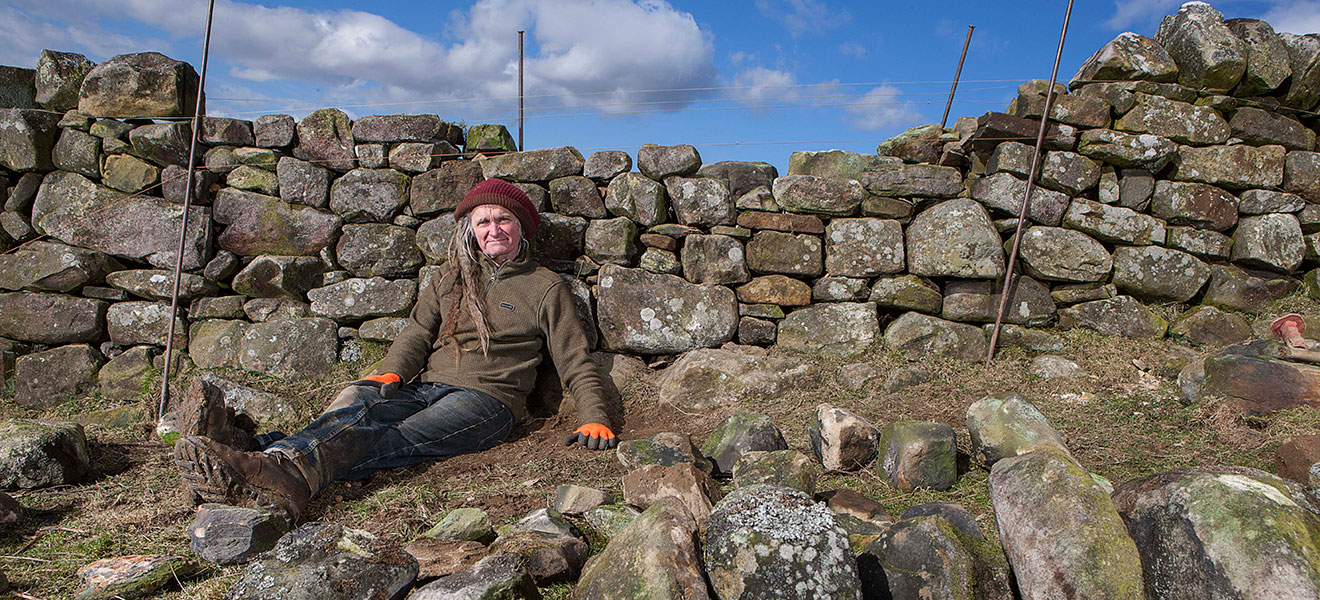 The dry stone wall builder: 'Every metre of wall contains a ton of stone. You really feel it after a hard week.'
The dry stone wall builder: 'Every metre of wall contains a ton of stone. You really feel it after a hard week.'This week's Living National Treasure is Anthony Gorman, a man who has spent his life building beautiful walls by hand across Northumbria. He spoke to Tessa Waugh; portraits by Richard Cannon.
